Nissan’s GT4 fighter, BMW M’s massive SUV, Volvo’s kid- and dog-friendly tech
Nissan’s new Z GT4 is ready to race across the globe
Intake: Yesterday, Nissan unveiled the latest iteration of its novel Z car: a purpose-built track rat ready to take the flag at road courses around the world. To construct the beast, Nissan’s NISMO racing division began with the production Z, and then tuned its 3.0-liter twin-turbo DOHC six-cylinder and altered its chassis and suspension—to what degree, we do not know. Vehicle specs will be announced at this year’s SEMA show. We do know that the Nissan Z racer, featuring an aggressive front splitter and a aircraft-carrier-sized rear wing, will be eligible to compete wherever GT4-spec cars are permitted to run, including IMSA’s Michelin Pilot Challenge and SRO’s Pirelli GT4 America. There, the track-ready Z will go wheel-to-wheel with other GT4 curb hoppers, such as the Aston Martin Vantage, Porsche’s 718 Cayman, and BMW’s M4. Prospective customer teams will be able to get their hands on the new Z GT4 sometime in the first half of next year.
Exhaust: Add Nissan to the list of recent manufacturers to debut a GT4 bullet for the 2023 season. Earlier this summer, McLaren announced that it was ditching its 570S GT4 racer in favor of the lighter, wider, more fuel-efficient Artura. Big Orange’s nimble racer sports a twin-turbo 120-degree 3.0-liter V-6 married to a seven-speed sequential box. More recently, Ford revealed that its seventh-generation Mustang would join the landscape in 2023. Next year’s GT4 starting grid is growing crowded. And while we know these undercard series, regardless of sanctioning body, often put on the best show of the weekend largely due to the impressive car count, the looming question remains: which teams will uptake the new toys and which will cling to the older, more proven models? We are certain to learn more details when SEMA rolls around. — Cameron Neveu
Watch a Miata nudge 190 mph on the autobahn
https://www.youtube.com/watch?v=UfuIhd4M3dE
Intake: The Miata has always ticked many boxes for gearheads. It’s affordable, lightweight and fun to drive, but not exactly fast. Until now. YouTuber
EVOVIISWE pushed his ND Miata RF to 187.6 mph (302 kph) on a stretch of unrestricted German autobahn by swapping the standard 181-hp four-banger for a 514-hp LS7 V-8. The build has taken over a year to complete and the high-speed run wasn’t without issues. During his first attempt there was a loud bang at around 178 mph when the windscreen trim broke off, although fortunately the retractable roof stayed in place. On a second attempt the Miata motored beyond the 300 kph (186 mph) mark with the speed measured on a motorsports-spec Racelogic VBox. EVOIISWE reckons this makes it the fastest road-legal Miata in the world. Do you know of one faster?
Exhaust: Some like the pure simplicity of the minimalist Miata, but it’s the car’s amazing mod-ability that appeals to many more. Whether you fancy a monoposto or a tribute to a 1950s Alfa Romeo there’s a Miata-based solution out there, and now there’s an autobahn-stormer as well. The Miata is due for a refresh, along with some mild electrification, very soon, let’s hope that doesn’t deter the Miata modders in the future.—Nik Berg
Hope you like 7000-pound V-8 BMWs with a side of hybrid
Intake: As BMW promised in November of last year, the XM has become reality—159,995 dollars’ worth, with 644 hp and 590 lb-ft of torque generated from its combination of electric motor and twin-turbo V-8. This SUV is the first standalone product to come from BMW’s Motorsport (M) division since 1978, when M unveiled a BMW first: a mid-engine supercar. Though we cringe at the comparison, there’s no denying that the XM earns another round of firsts: the first M vehicle with an electrified powertrain, standard rear-axle steering, a curb weight over six thousand pounds, or a Label Red trim. That latter denotes what we would, were this not an M product to begin with, identify as the M model: A more expensive, more powerful version wearing distinctive badging and paint and interior trim. By the numbers, that’s 91 more hp (735+) and 145 more lb-ft of torque (735) for an extra $26,000.
Exhaust: The self-congratulatory XM only makes us yearn for the days that M’s prestige was measured by firsts or superlatives. We know better than to wax nostalgic in the presence of such a future-looking SUV … but M did go out and put its letter on the thing. —Grace Houghton
Volvo’s in-car radar will mean no pooch or person is left behind

Intake: The upcoming Volvo EX90 electric SUV will be the first car to feature radar sensors inside the cabin to detect people and pets to make sure that drivers never leave anyone locked in the car by mistake. According to U.S. government figures, more than 900 children in America have died after being left in hot cars since 1998 and Volvo’s new tech would prevent this. Sensors throughout the car, including the trunk space, can detect sub-millimeter movements and alert the driver to check the car. If a person or animal is sensed then the car will not lock and a warning will appear on the center console. The car’s climate system can also activate to keep the cabin cool or warm depending on the weather.
Exhaust: The Swedish firm built on safety has come up trumps again. “No one chooses to be distracted or tired, but we know it can happen,” says Lotta Jakobsson, a senior technical specialist in injury prevention. “We’re all human and distraction is a fact of life. With the help of cutting-edge technology, we’ll support you when you’re not at your best and help you avoid leaving family members or pets behind by accident.” —NB
Two new variants join Bentley’s Bentayga Hybrid family
Intake: Bentley’s Bentayga SUV will get two new hybrid variants to expand the aesthetic range of its best-selling model. Both will feature Bentley’s new 18-kWh battery that will allow 27-plus miles of all-electric driving range.
The first is the Bentayga S Hybrid, which skews towards the sporting side of the model range. It offers 456 hp of combined output from a 3-liter twin-turbo V-6 engine and a 100-kW electric motor, which draws it within earshot of its 4-liter, twin-turbo V-8-powered, non-hybrid brother, the Bentayga S (542hp). That instant electric torque help spur the ute to 62 mph from a stand-still in just 5.3 seconds, and top speed is 158 mph. The chassis will boast a more athletic ride thanks to dampers whose stiffness have been increased by 15 percent, and the unique exhaust has been tuned in such a way that it can provide different auditory experiences for front row passengers vs. second-row riders. It features unique styling elements such as an optional black-out package for the window trim, mirrors, and other bits that would normally present in polished metal. There’s a body kit to make the car appear lower to the ground, and a spoiler outback.
If performance SUVs aren’t your thing, the new Bentayga Azure Hybrid might be more appealing. This cross-portfolio flavor that’s finally making it to the hybrid side of the Bentayga family is focused on the comfort and wellbeing of its occupants first and foremost. Engine noise has been turned as far down as possible, and the chassis tuned for maximum float over sub-prime pavement. Automatically adjusting heated and cooled seats will help you maintain optimal body temperature. Inside, soft veneers and open-pore wood tones help create a more relaxing environment than the high-gloss finishes of other Bentayga trims.
Exhaust: With the exception of the long wheelbase SUV, and the continental models, all bentleys are now available as a hybrid. We know that the hybrid models are simply meant to bridge the gap between the gas-powered thundercouches of yore and the wafting EVs of tomorrow, but our time with a 2022 Flying Spur Hybrid revealed that the hybrid tech was useful—if a bit unpolished. Between the new battery and the wide personality now on offer in Bentley’s best-selling model, the folks from Crewe are hoping that more customers will take their first steps toward an all-electric future. — Nathan Petroelje
Triumph sets course to race new off-road machines in MXGP
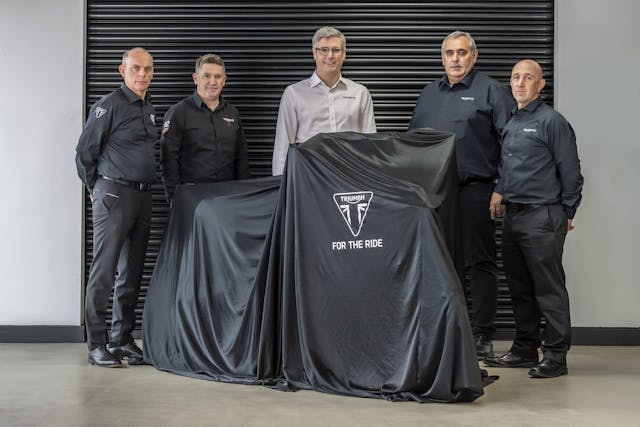
Intake: Back in 2021, Triumph declared it would began development and production of an off-road lineup of motorcycles. The latest development in that saga is the announcement that confirms a factory-backed effort in the FIM Motocross World Championship MX2 class for 2024. This will consist of a pair of 250cc four-stroke motocross machines led by one of the winningest team owners in MXGP history, Thierry Chizat-Suzzoni. The announcement also mentions that a 450cc two-bike team will join the MXGP class in 2025.
Exhaust: Entering a new race series is always a big step for manufacturers. This is a huge leap for Triumph that will likely be made significantly easier—but not any cheaper—by the partnership with Chizat-Suzzoni. In a statement from Chizat-Suzzoni, he expresses the amount of support and excitement he sees from the Triumph company and team, but we have yet to hear anything about the bike. We are reserving any predictions for how the season will go until the new chassis and engine has come to light. — Kyle Smith

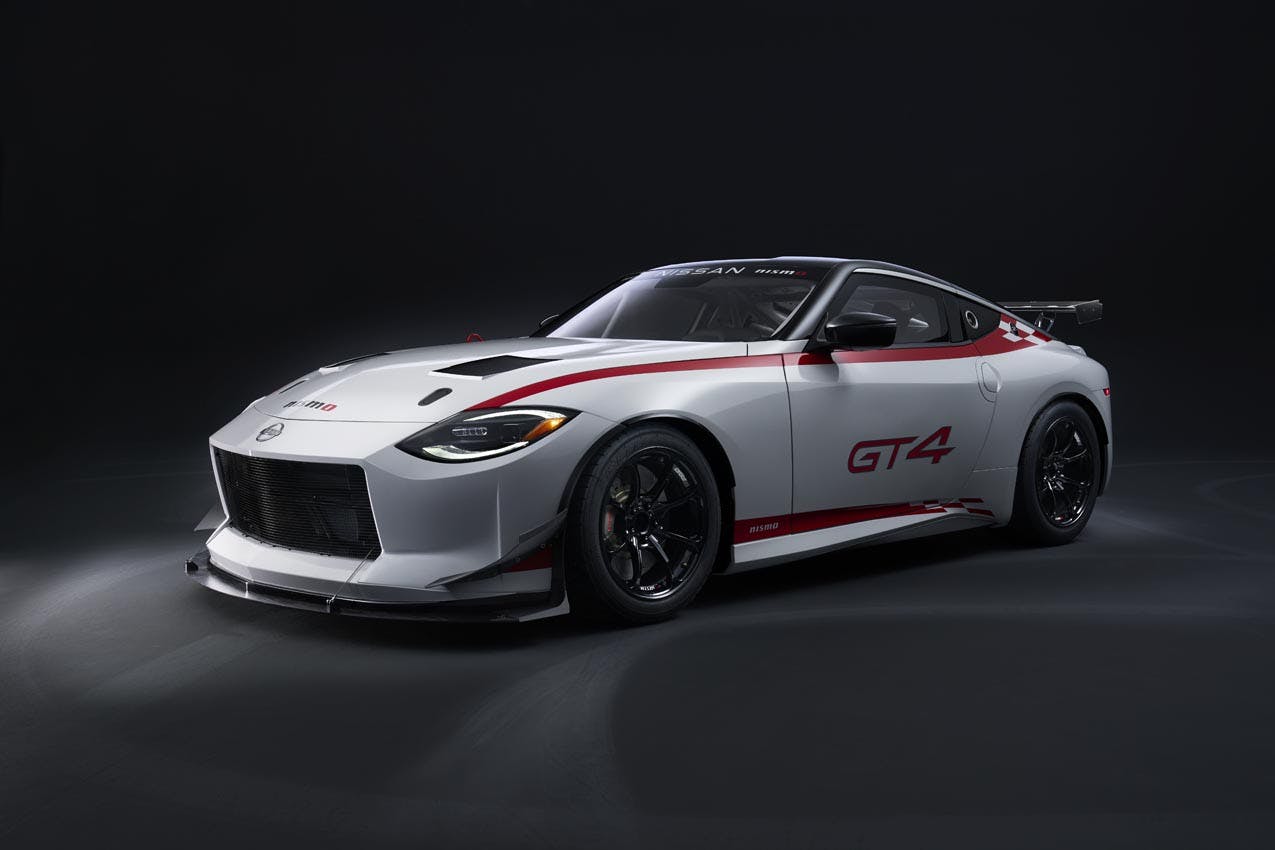
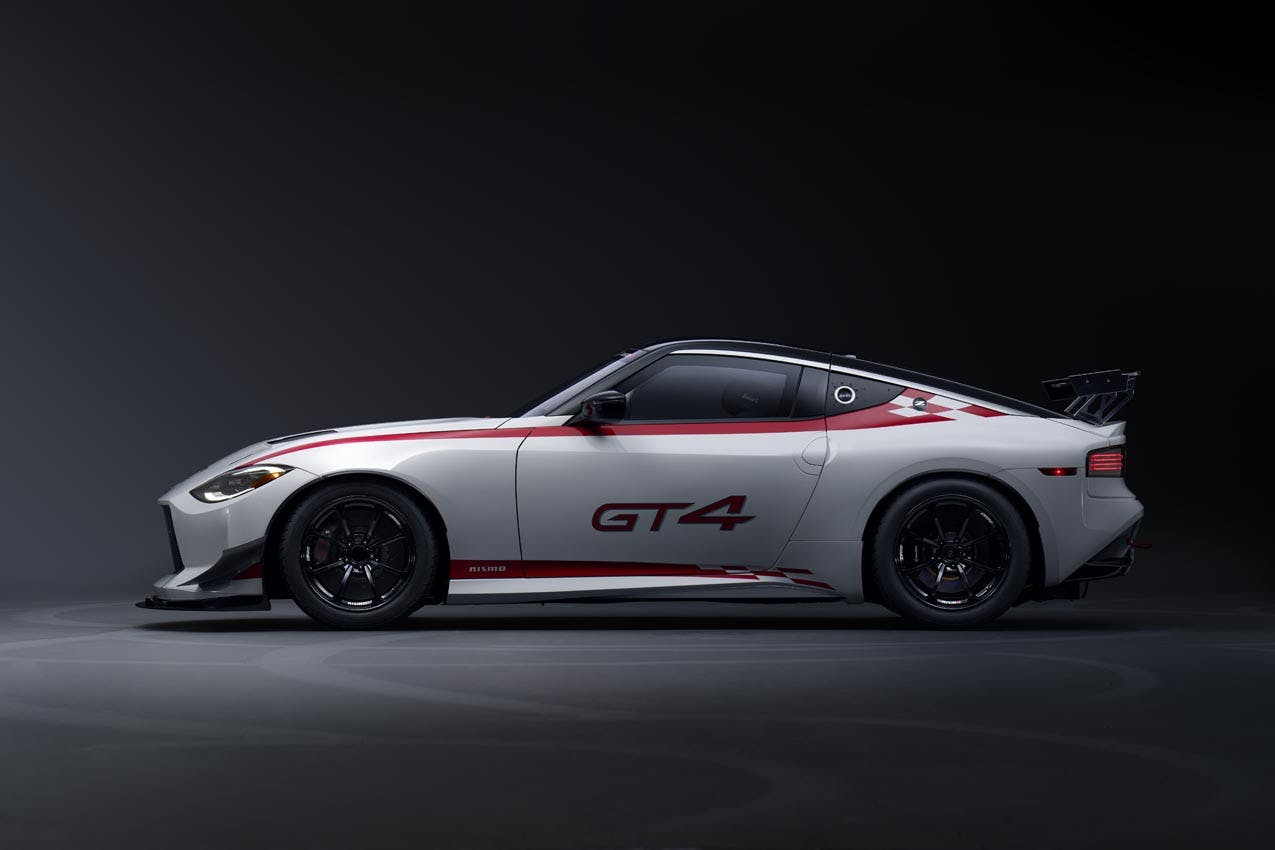
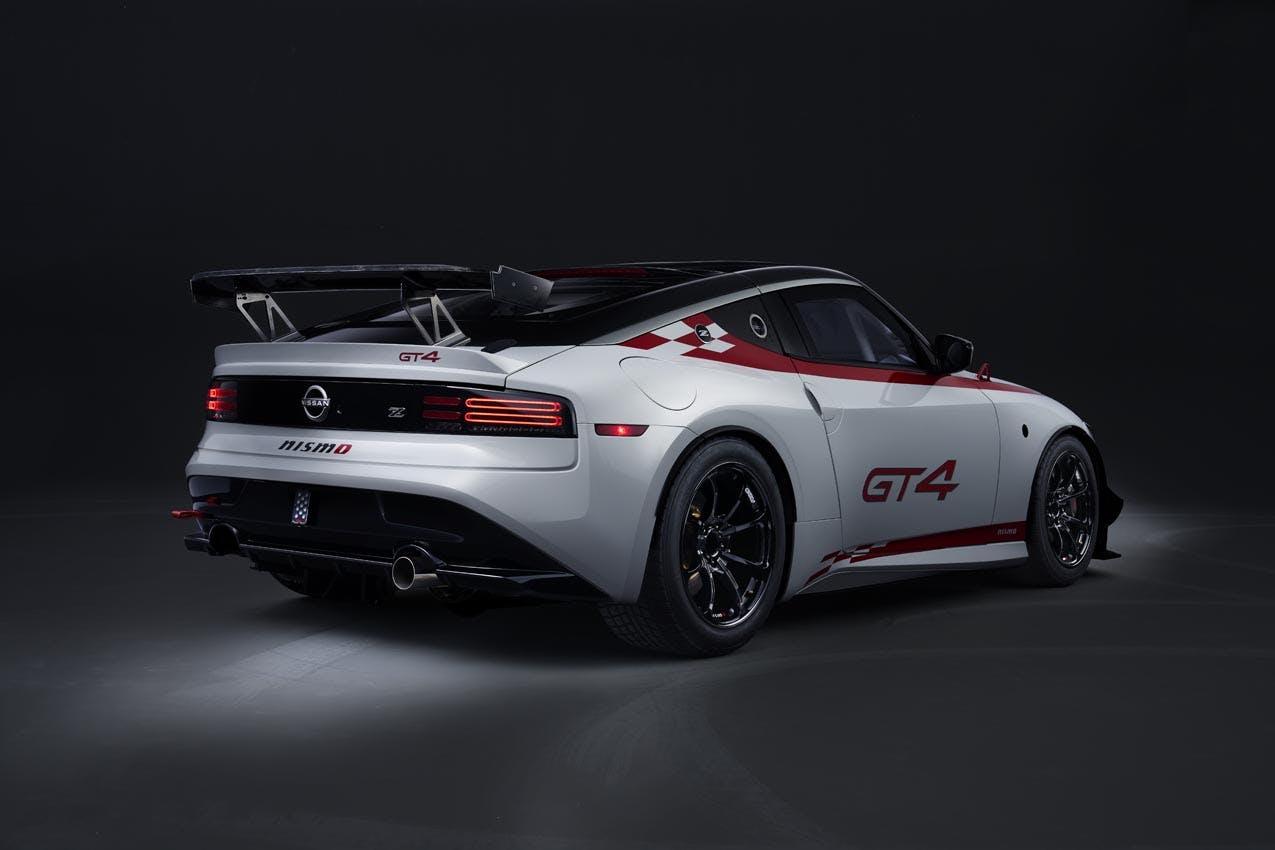
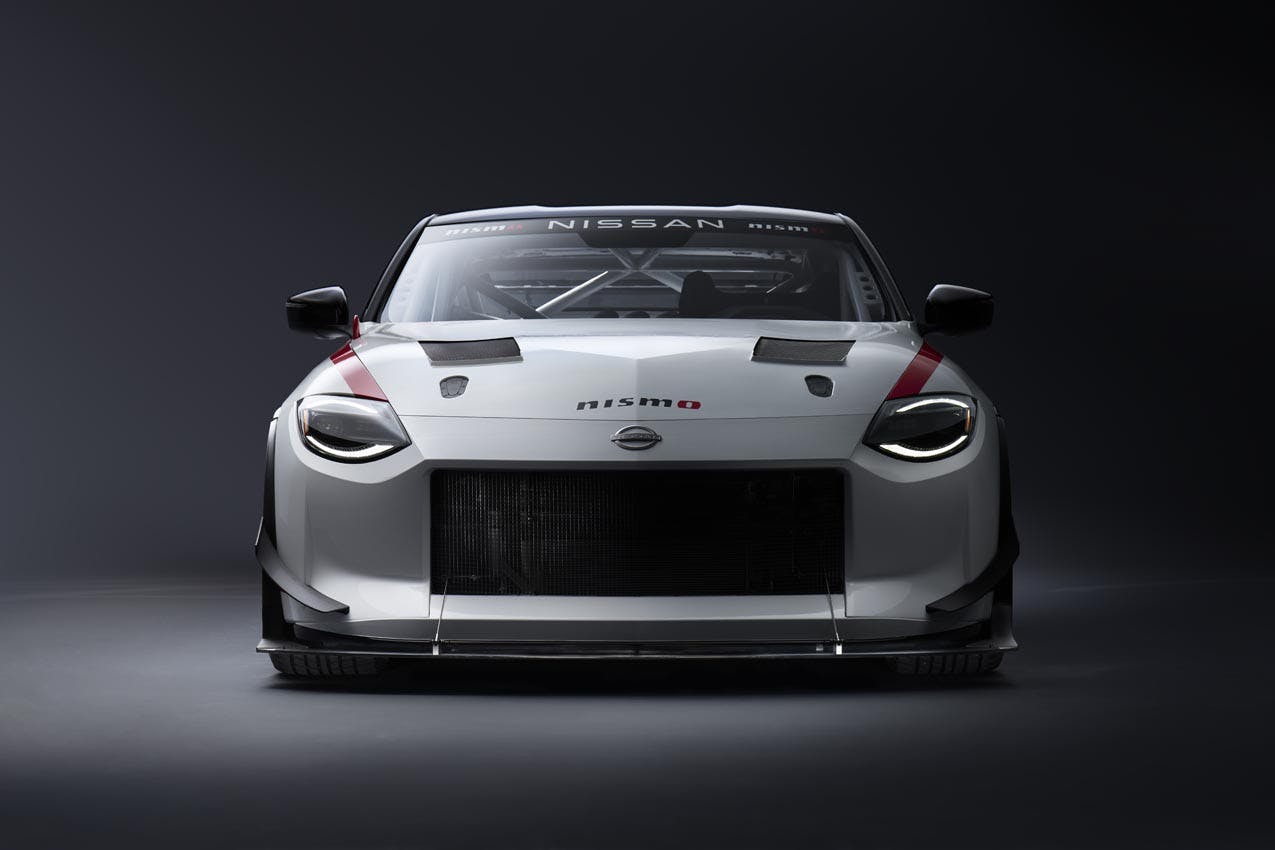

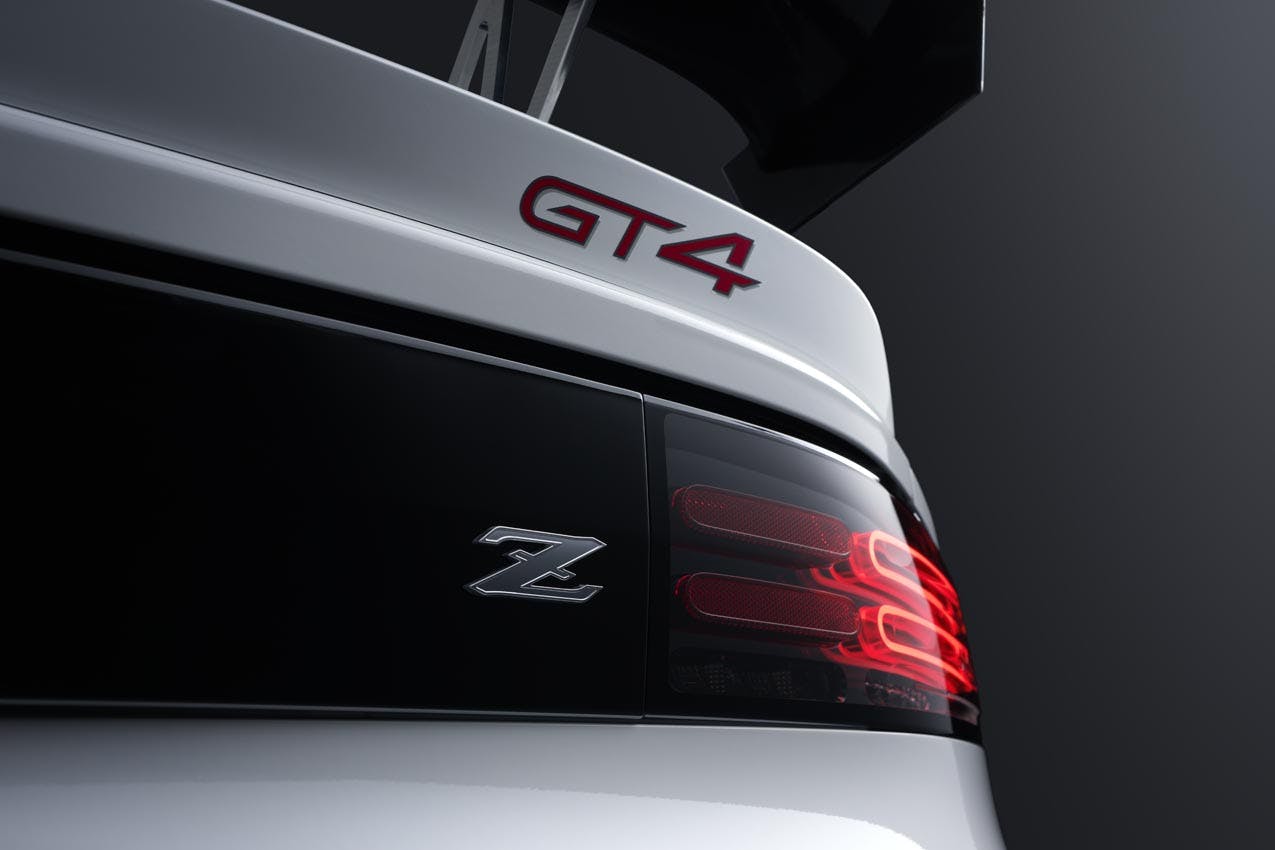
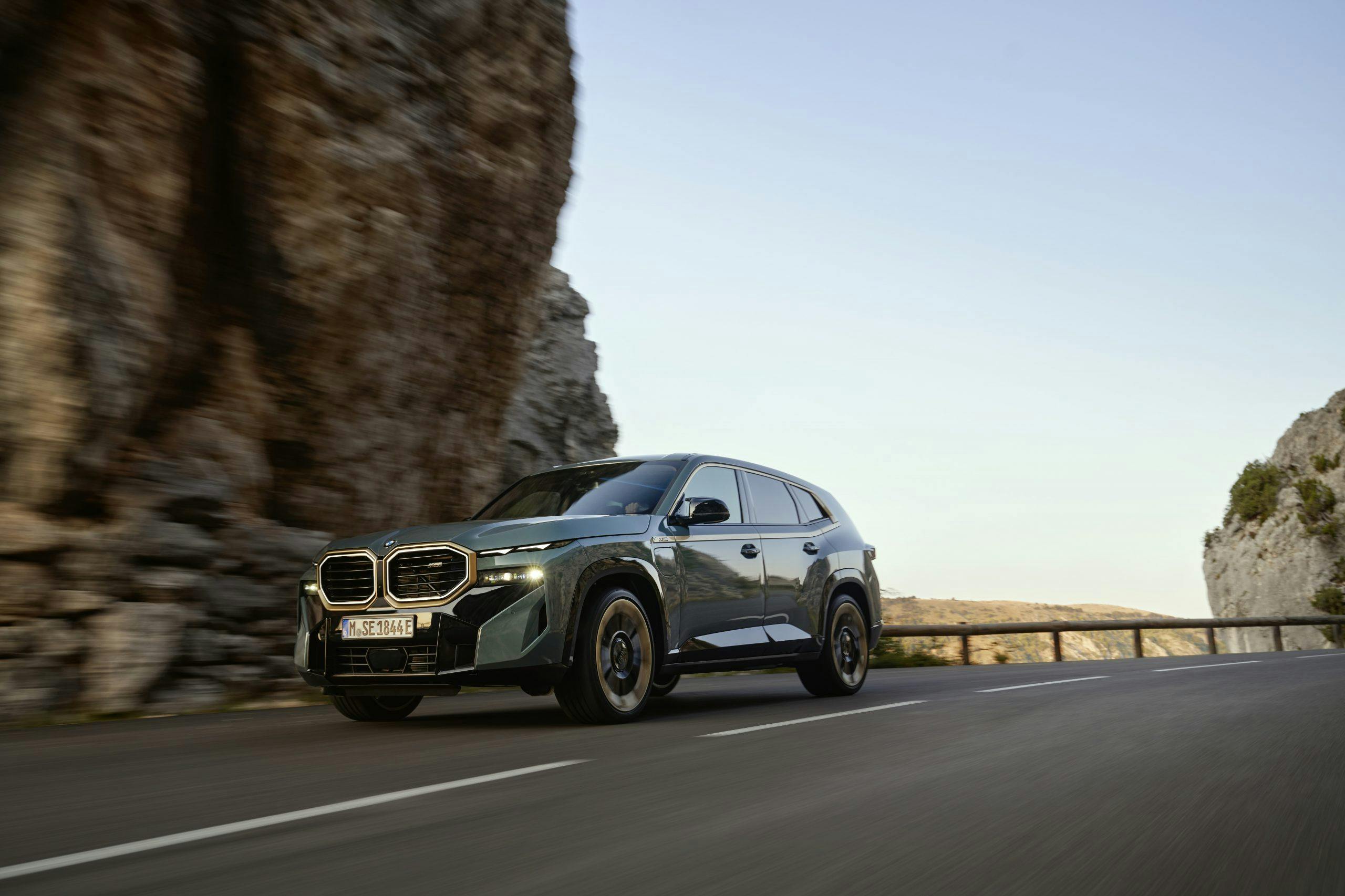
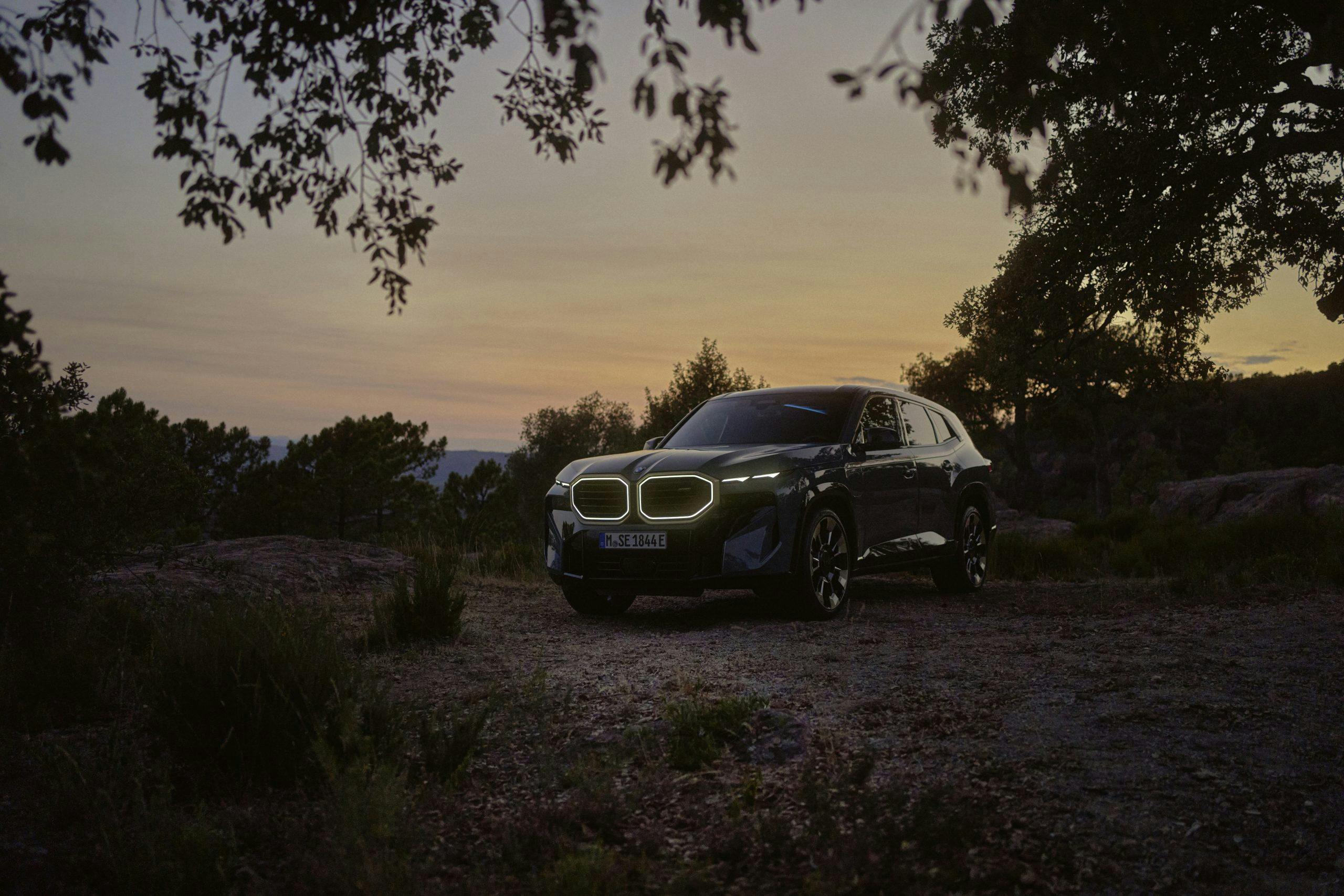
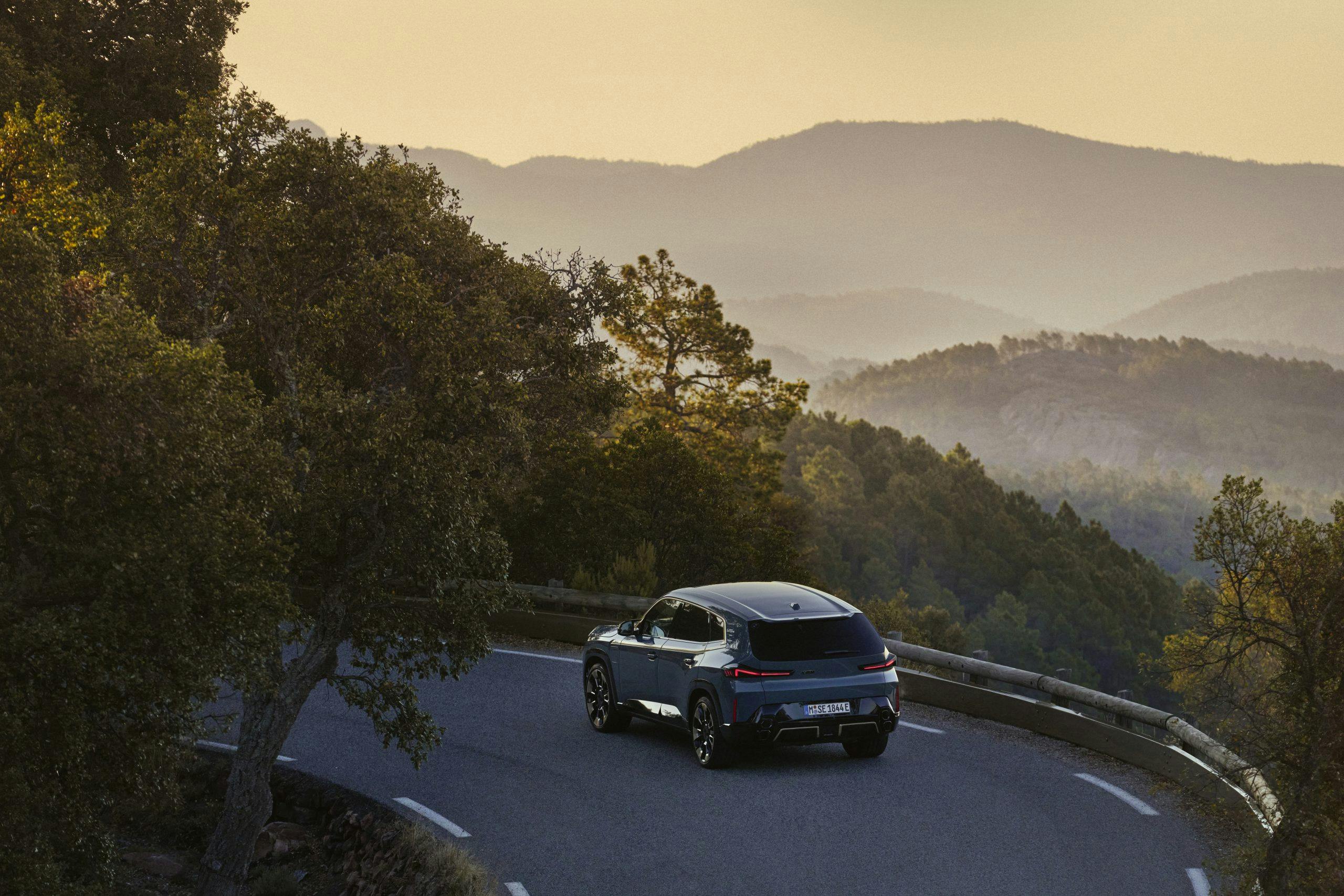
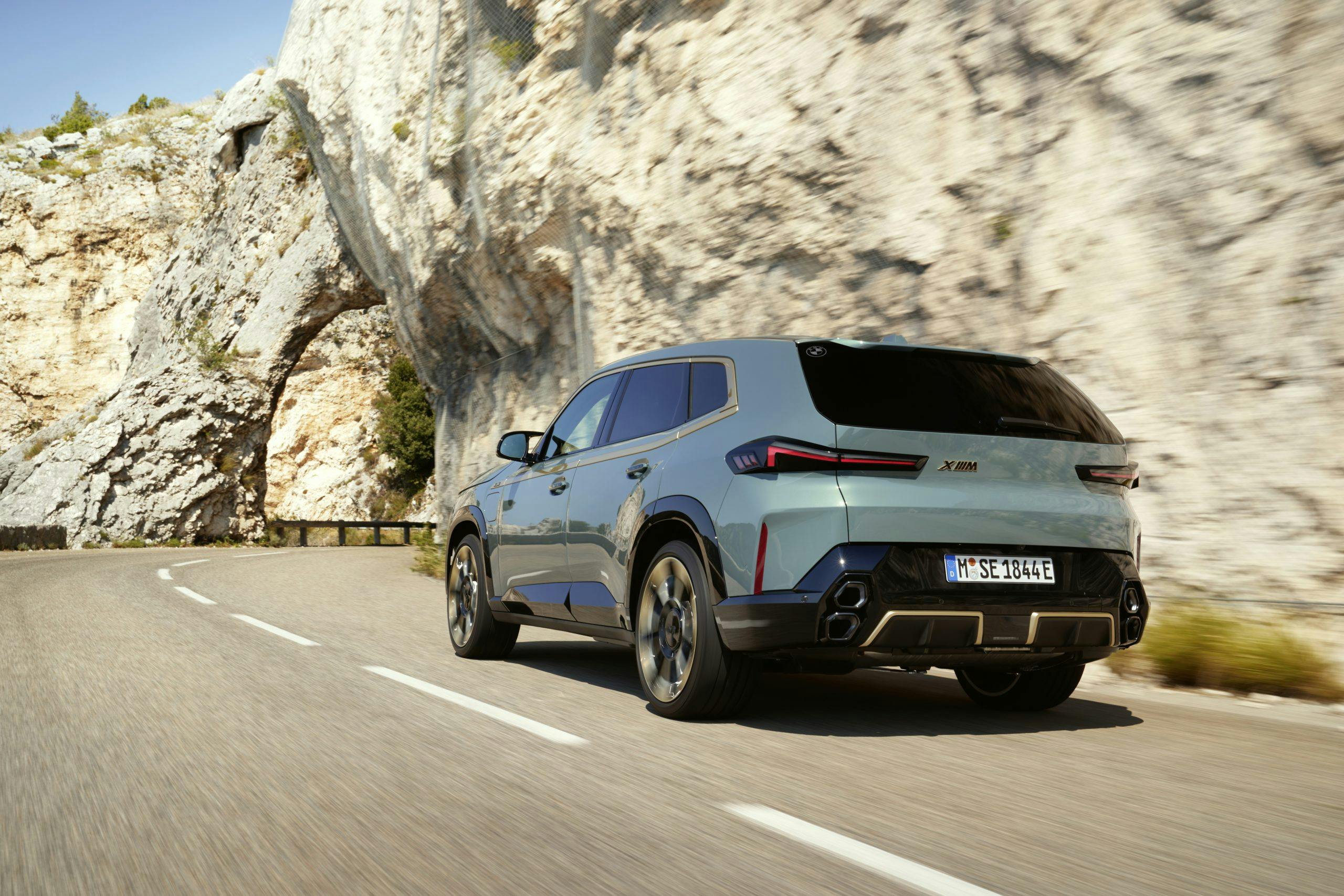
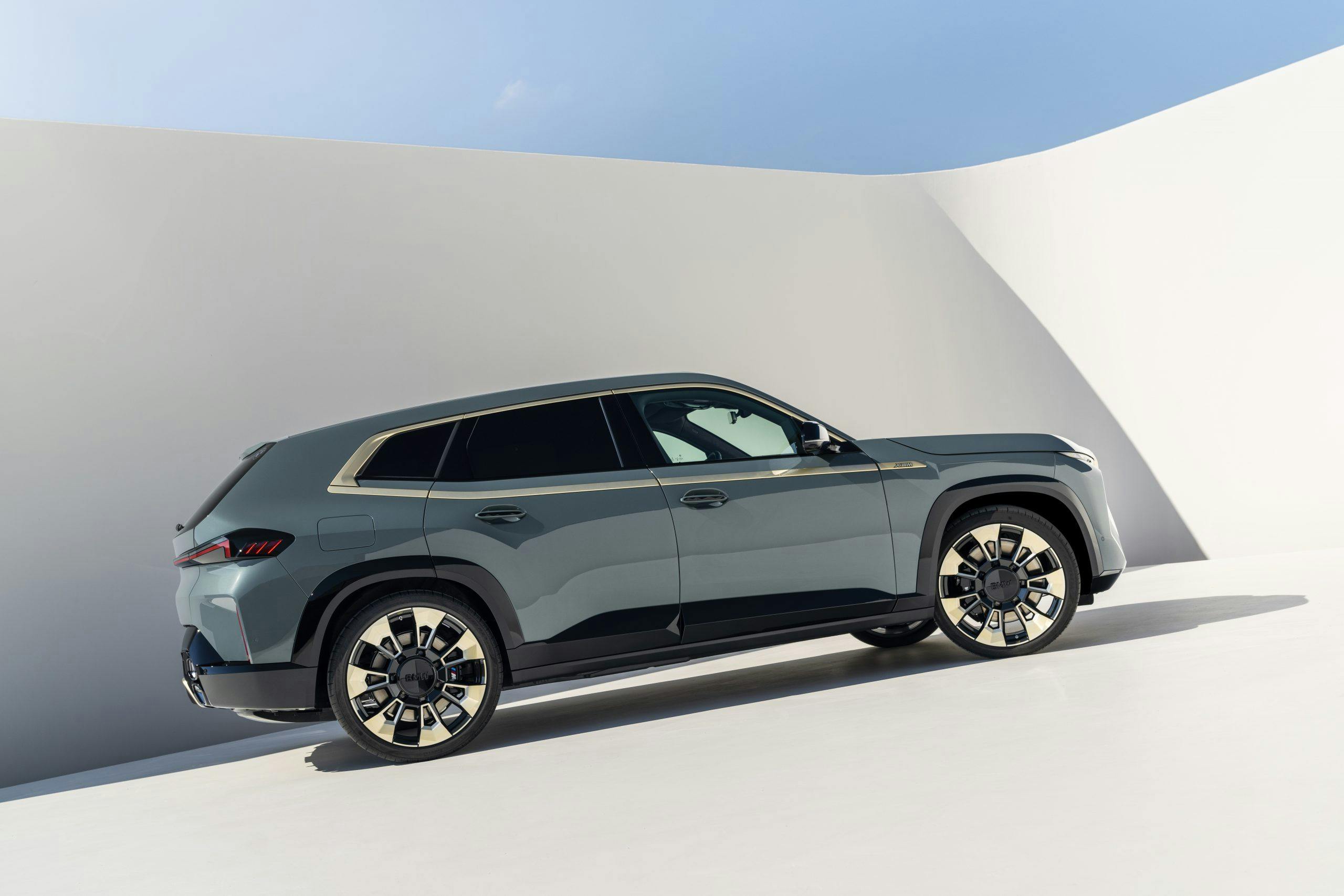


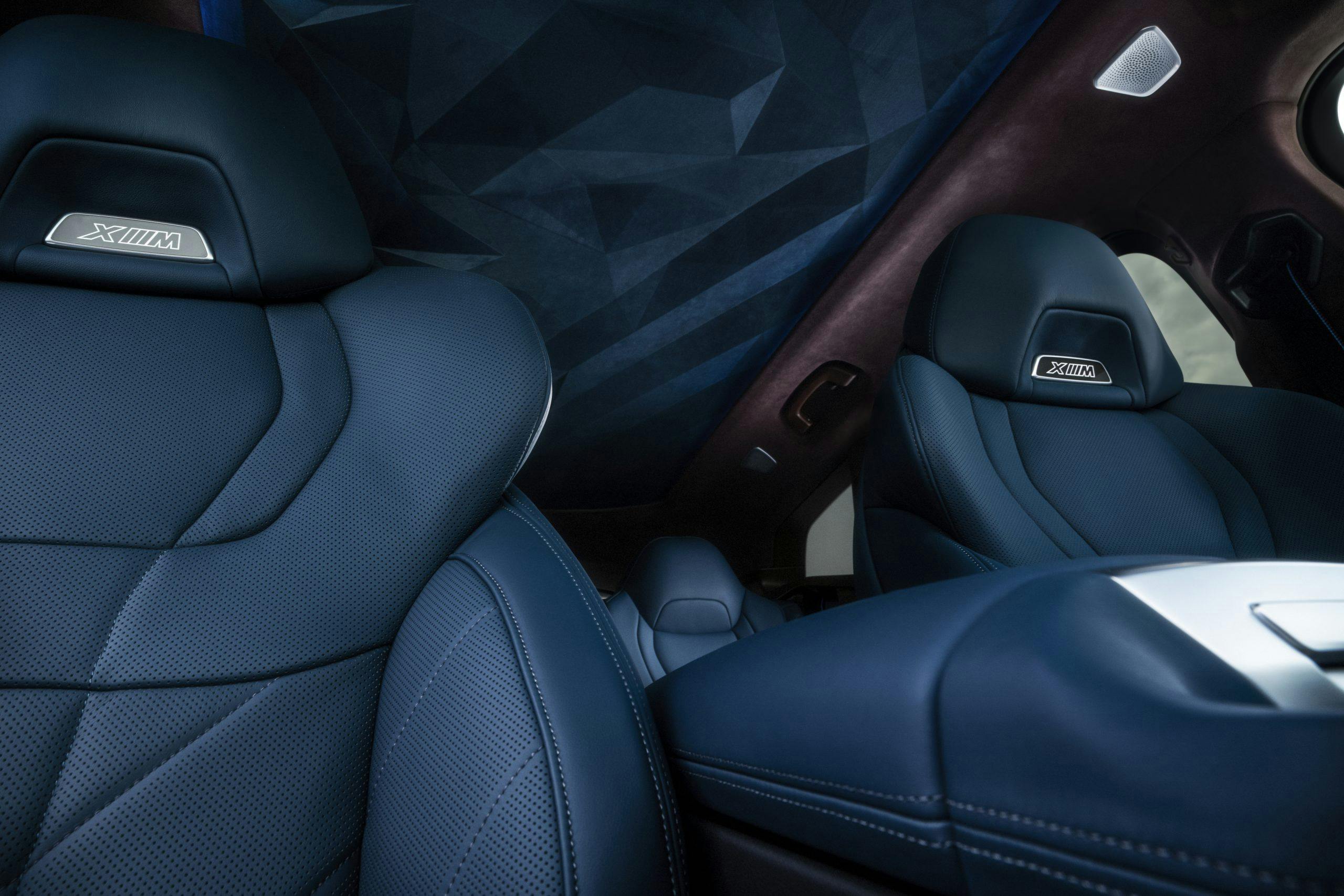


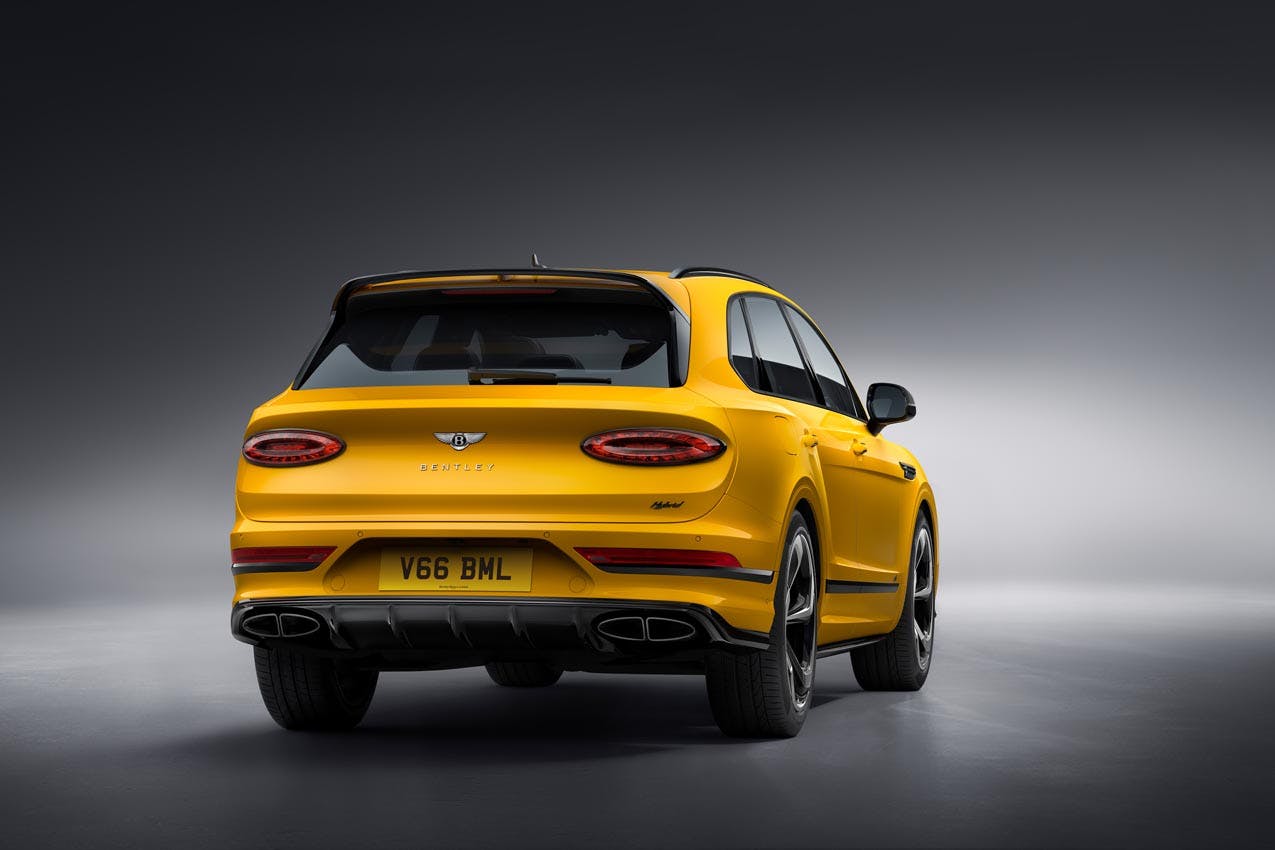
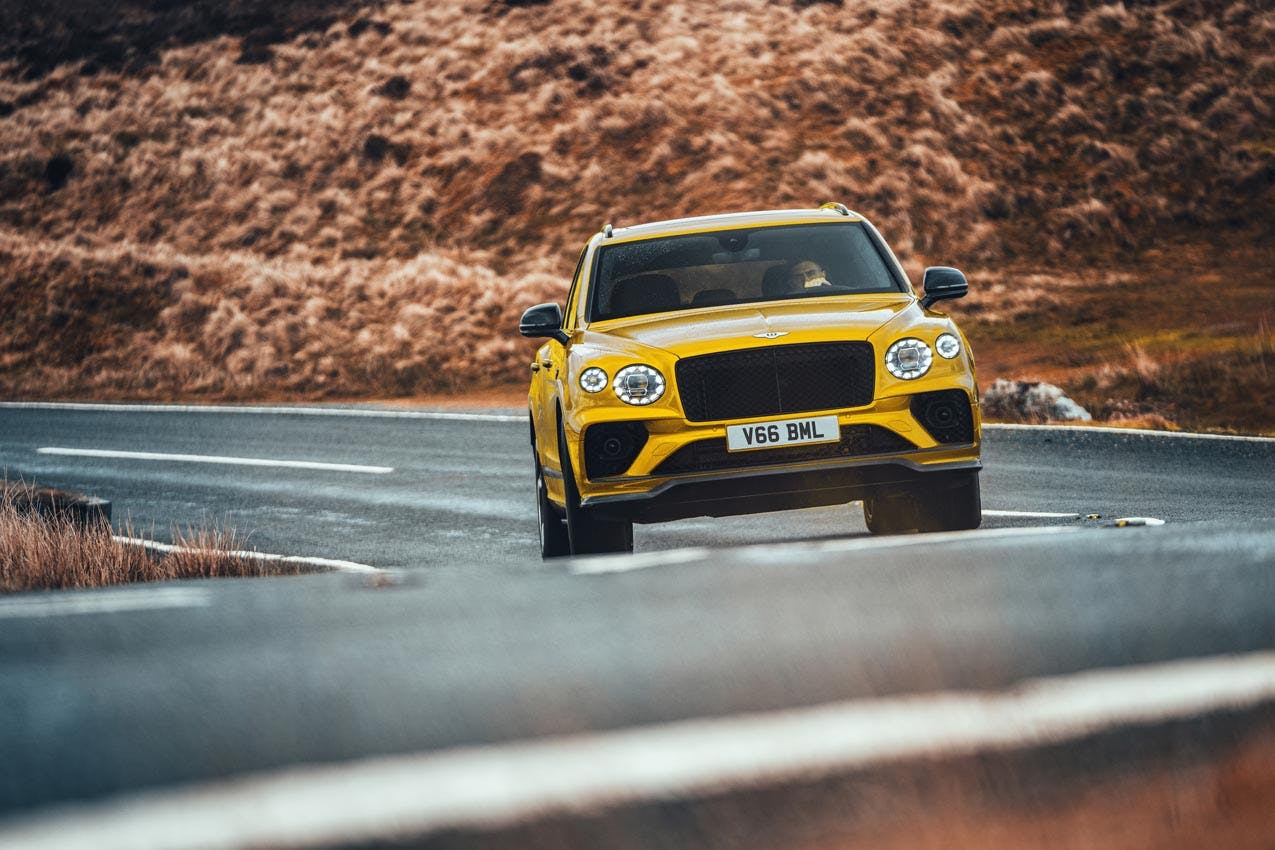
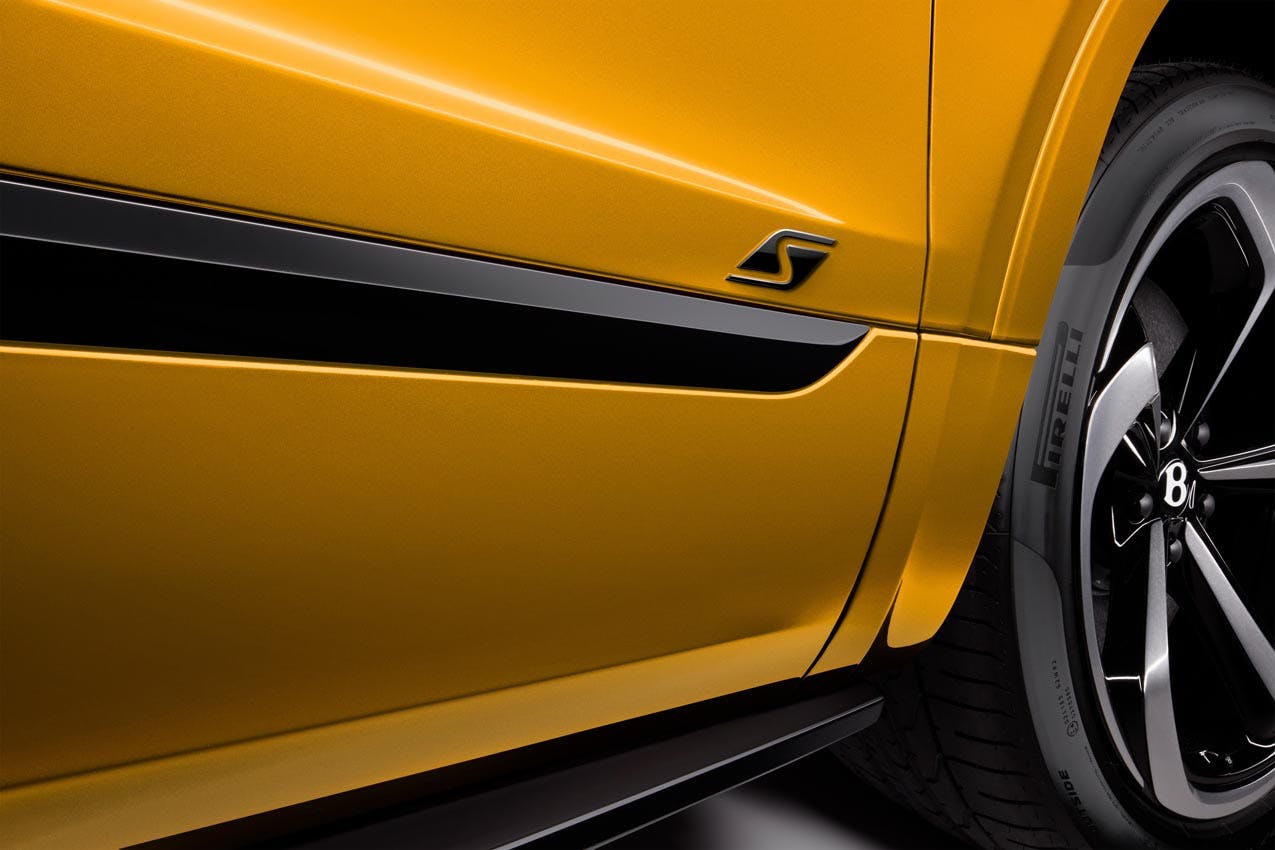
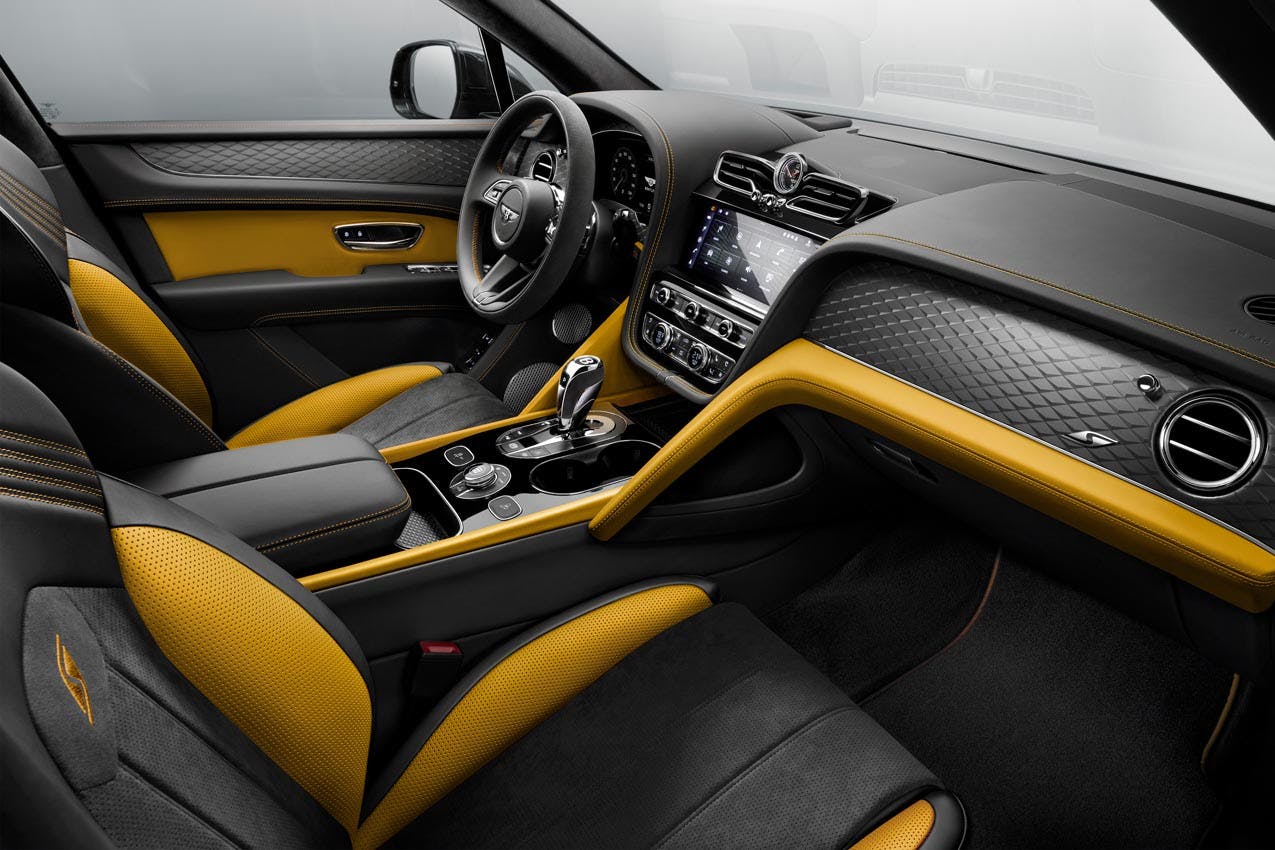
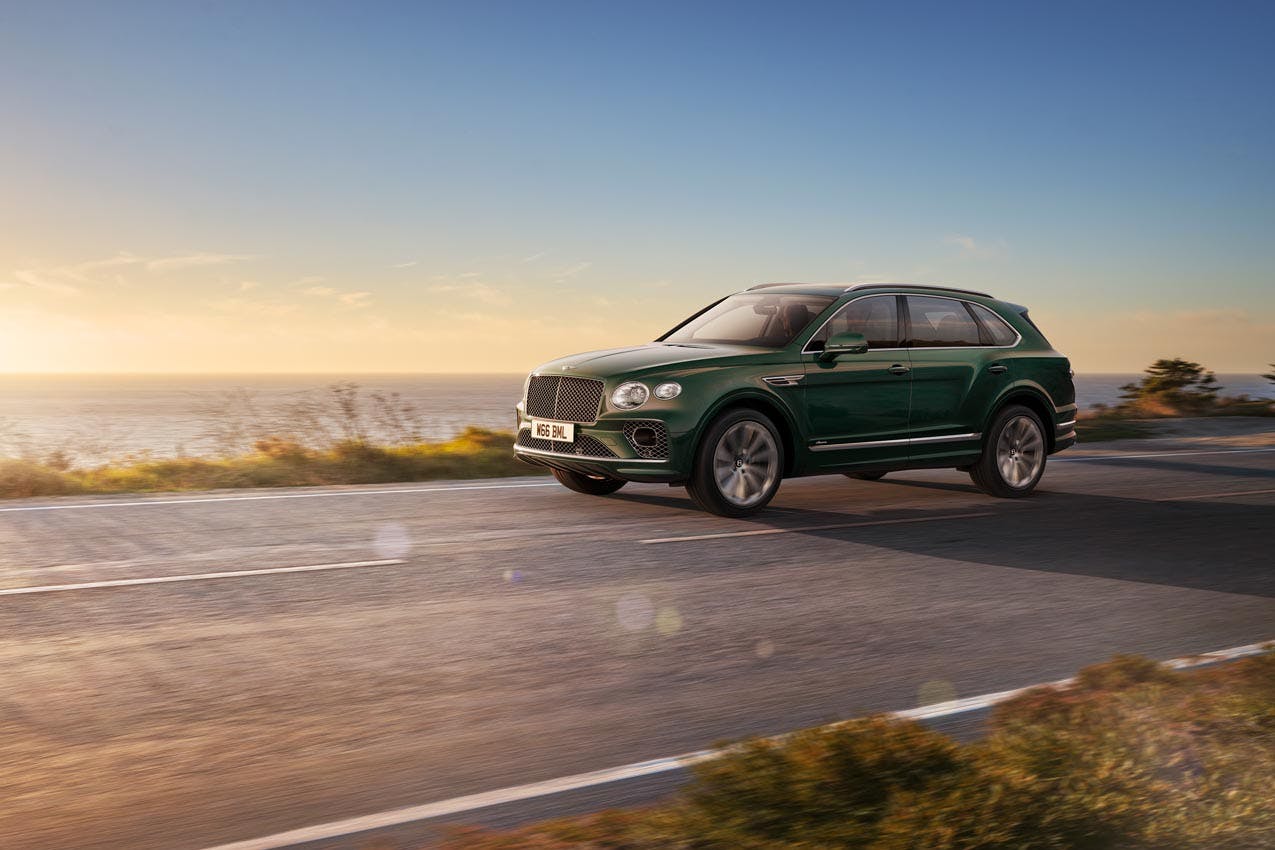
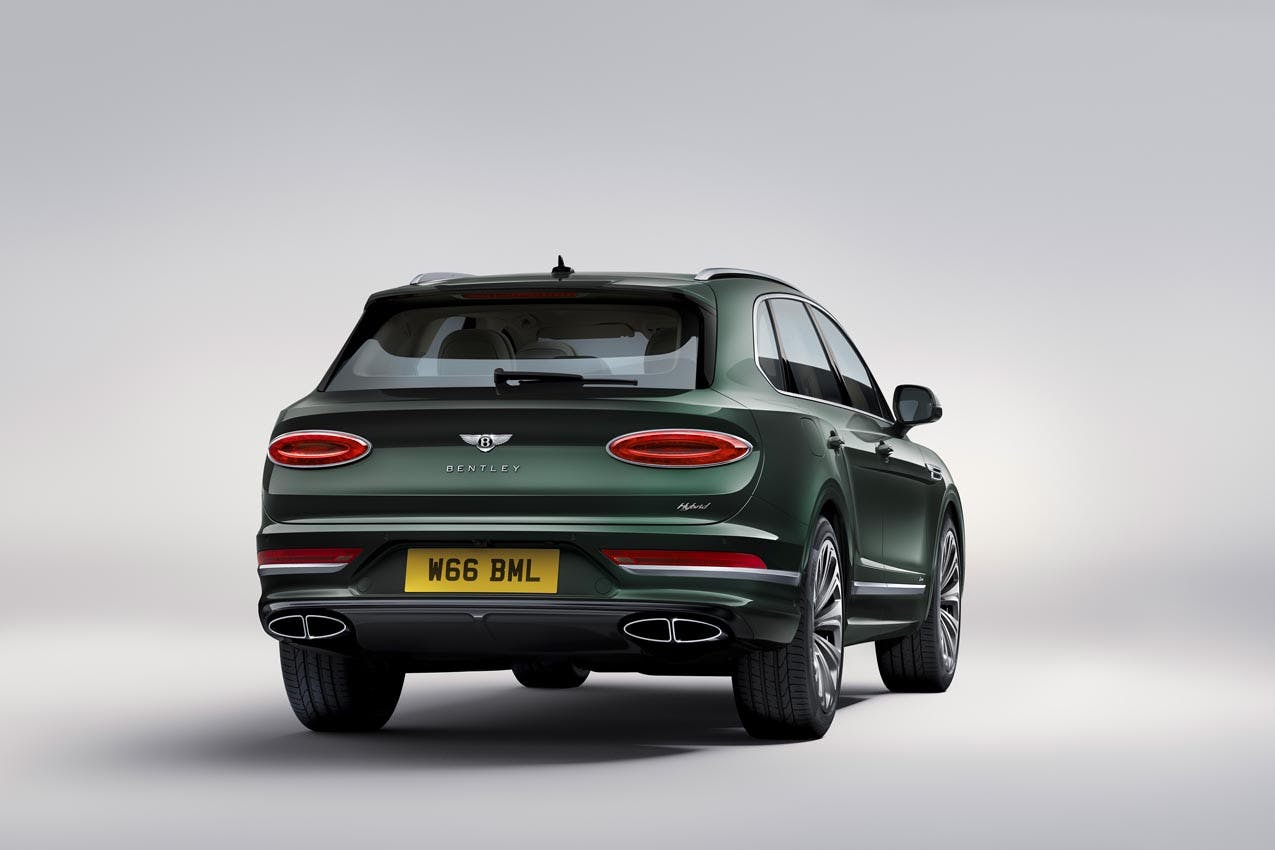
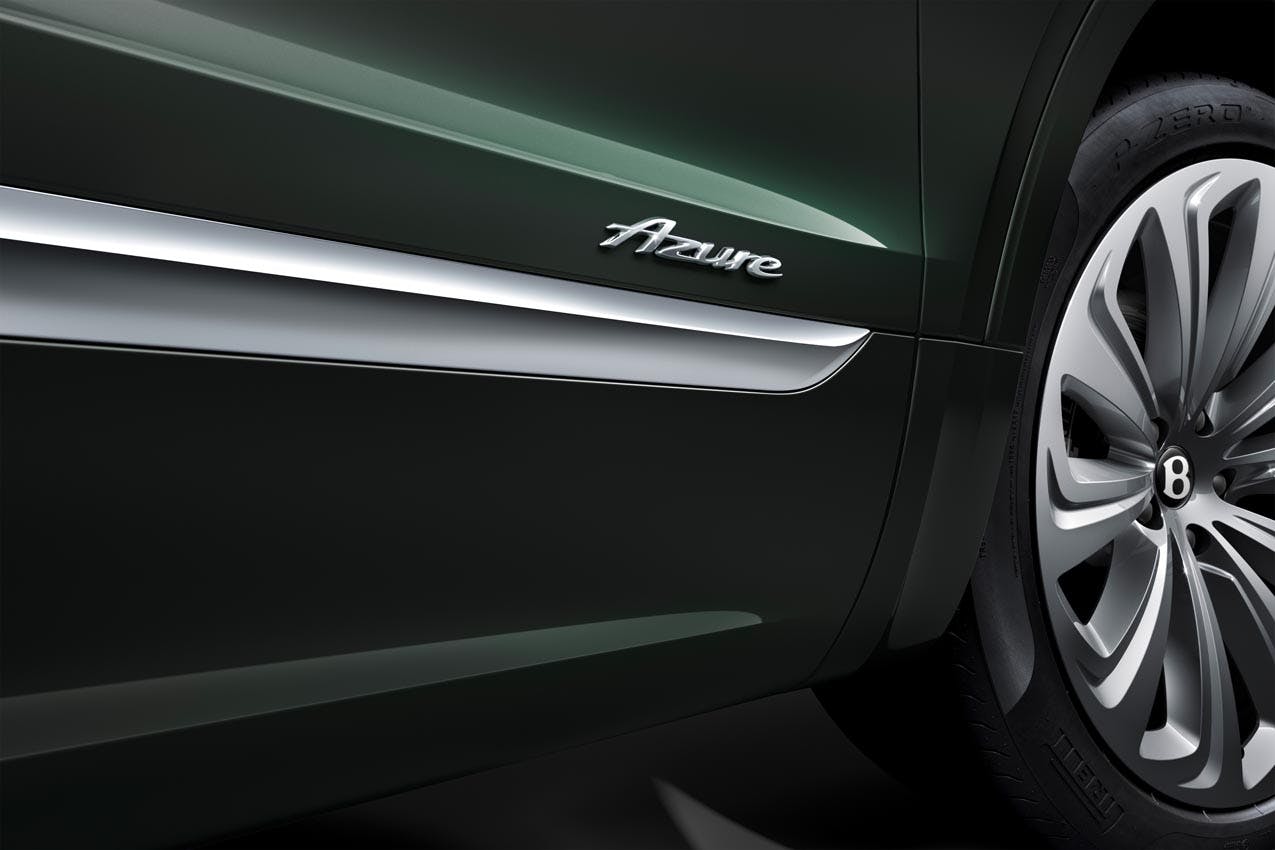
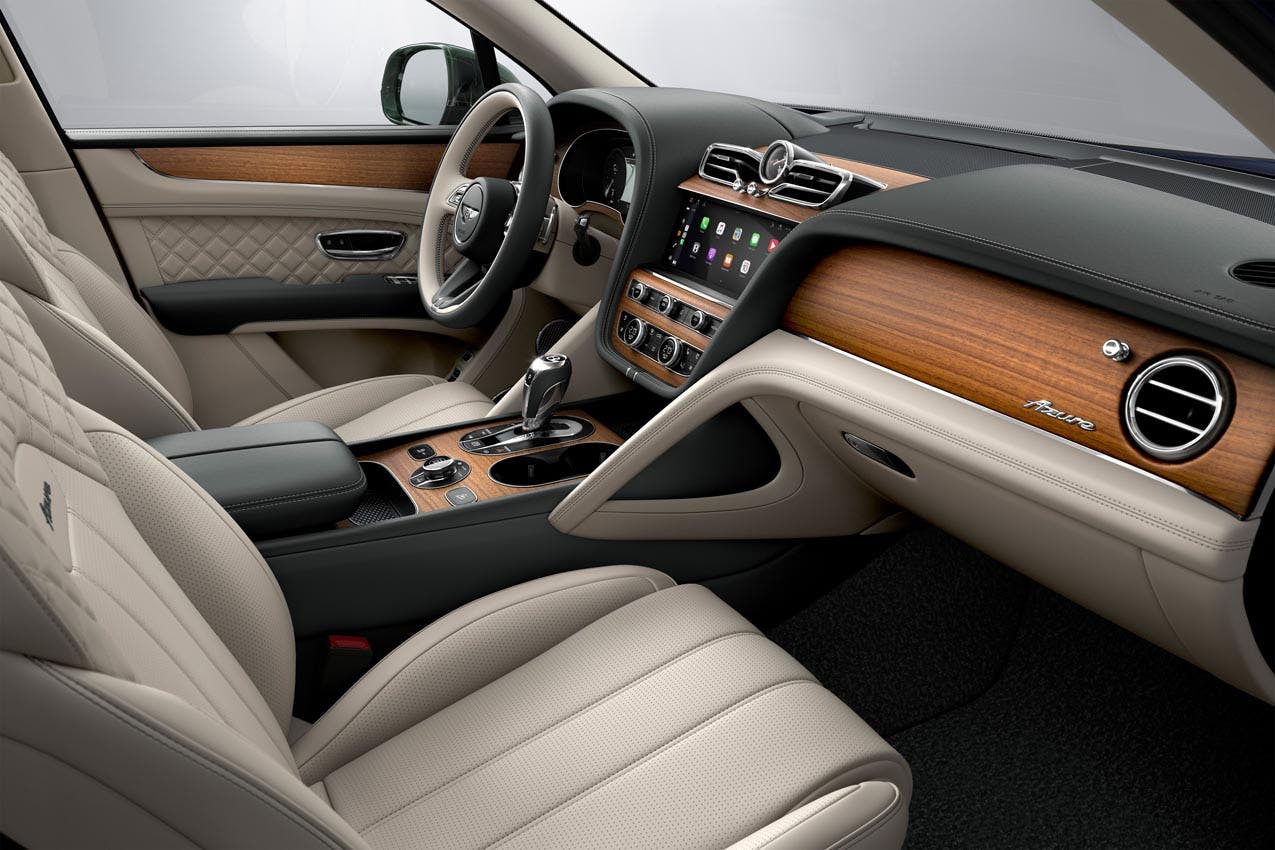


I had a (and would love another) Miata, and 185 mph plus on any road is not what that car was designed for (he’s lucky nothing else blew off). I can’t imagine investing the time, energy, and most all, the $, into making one go that fast. Cool ride though. (Wonder what he had on it for tires?)
Just don’t question it
Over 3 tons of weight for a BMW M product? The king is dead. Definitely the opposite of adding lightness or anything else. Prayers for the tires who will not be long for this world but not the foolish owners of this “ultimate” lard-ness machine.
Bullet Cars on the Gold Coast in Queensland Australia has been building V8 MX5s (Miatas) for the last 20 years. Mind bending little hotrods. https://bulletcars.com/bullet-cars-history/